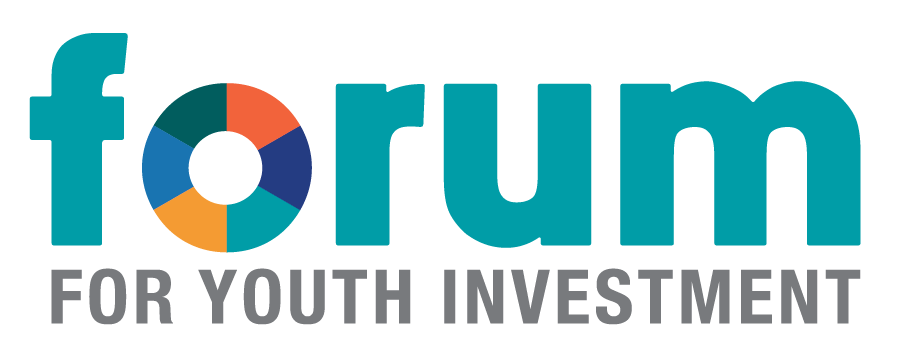Taking Bold Action to Fund What Matters: Communities Raise Revenue to Support Youth
October 13, 2015
In his latest book, Our Kids: The American Dream in Crisis, Harvard professor Robert Putnam describes with great clarity the starkly different experiences of kids living in the same community. Higher-income families are outspending lower-income families nine to one on enrichment opportunities (Source: Sabino Kornrich and Frank Furstenburg, Investing in Children: Changes in Parental Spending on Children 1972-2007.)
Putnam masterfully describes the challenges facing lower-income children and families—but you don’t need to read a book to understand the problem; we see these conditions all around us. Polling indicates that most Americans still believe that every child deserves a fair start. Unfortunately, conditions on the ground don’t live up to our aspirations: program providers are often forced to decide between maintaining quality early childhood environments or serving the numbers that need them. In too many communities, enrichment experiences are limited to parents who can afford afterschool programs, art classes, team sports or tutoring. And despite measurable progress in some cities and towns, the number of students dropping out and disconnecting from school and the workforce persists and is even growing.
The child- and youth-serving field has become all too adept at making do with too little. Long believing that asking taxpayers to pay for improved services is a non-starter, we have kept our heads down and focused on aligning our work and becoming more efficient—or, in the worst case scenarios, fighting each other for a smaller and smaller slice of an ever-shrinking pie. (Despite our economic recovery, the 2015 First Focus Children’s Budget report finds that total federal spending on children has declined by 14 percent since 2010, adjusting for inflation).
But what if we didn’t need to continually do more with less?
Across the country, at least 20 communities have made the decision to take bold action to pay for what matters. Concerned citizens are taking this question via referendum directly to the voters, asking them to tax themselves to pay for local services for children and youth. And it is working.
The communities follow no stereotype — they are urban, rural, suburban, conservative, liberal, wealthy and working class. Eight Florida counties, eight Missouri counties and multiple communities along the west coast have done it and won. At this moment, King County (home to Seattle), Wash., and Jackson County (home to Kansas City), Mo., are putting these questions on the ballot and banking on a political victory.
The voters seem to like these funds because they can see almost immediate effects in their own community, they don’t have the feel of big government or federal mandate, and they are making sense of an otherwise hard to navigate set of services, and because people really do want their kids and their community to do well. When the funds sunset and a renewal is put back to the voters, support is even stronger the second time at the ballot. This past November, several of the Florida Children’s Services Councils went back to their voters to seek reauthorization of their funds and passed with between 72 percent and 86 percent of the voters saying yes. Most elected officials would die for such a popular mandate at the polls.
National polling shows that voters believe “making sure children get a strong start in life so they will perform better in school and succeed in their careers” is second only to “increasing jobs and economic growth.” (2013 National Survey by Public Opinion Strategies/Hart Research Associates) However understanding the type, amount and the focus of taxes that local voters can tolerate is important; for this, local polling is invaluable.
It can be a heavy lift for a community to mount the campaign. You have to be in it for the long haul—at least two years—with few exceptions. In Missouri, some county proposals had to go back to the voters more than once before they passed.
It’s worth it because the payoff is significant. As Cindy Seltzer the CEO of the Broward County Children’s Services Council says about the CSC’s recent return to the ballot to reauthorize the Agency: “Our business supporters regularly made the case to support the campaign by pointing out that it would be the best $200,000 they would ever spend when the return was $65 million a year.”
Broward, like many communities, uses a collective impact approach through which local businesses, nonprofits and agency staff work together to manage the dollars, track data and support continuous improvement of programs, using evidence to ensure outcomes. Then, they turn the data and stories into public messages that celebrate the successes and reinforce the effectiveness of the work.
- For a closer look at a community that established this sort of funding stream, and how they are using it, check out: Broward Children’s Services Council.
- To learn more about getting started in your community, view this webinar and consider creating a team to participate in the first ever National Workshop on Creating Local Dedicated Funds for Children and Youth.
